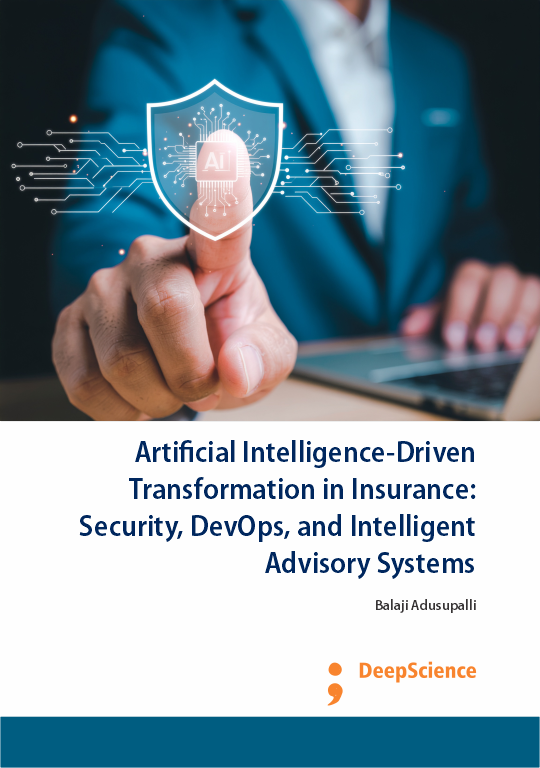Identity and access management for insurance: challenges and solutions
Synopsis
Insurance organizations are on a digital transformation expedition that seeks to bolster operational efficiency and increase customer satisfaction through enhanced product development and service delivery. This transformation is enabling Insurance organizations to address the constantly evolving expectations of insurers, as well as cater to shifting demographics. In responding to the push for increased access to new-age services, Insurance organizations have partnered with third parties that constitute an extended enterprise ecosystem. However, as Insurance organizations expand, embracing third parties for operations, the threat environment increases. There is also a continued concern that digital transformation drives resilience, not IT risk. With an over-reliance on digital channels to execute new-age transactions now is the time for traditional Insurance organizations to be fully aware of the risk that lies behind the convenience of the easy-to-use digital world (Jøsang & Pope, 2005; Jøsang & Pope, 2005; Bhargavan et al., 2016; Alassafi et al., 2017).
Insurance firms work both for and alongside customers to minimize risk. Insurance organizations that have been in this business for a long time understand that it is critical to put up a vigilant front to cut costs associated with risk and loss. These firms need to be monitored for fraudulent activity and policy abuse and should not only rely on their traditional methods of judgment but are also inclined to use modern technology solutions that help them carry out Identity and Access Management. Today, organizations are faced with identity proliferation due to the influx of users, devices, applications, and systems. This coupled with the untenable risk of data breach and loss posed by connected devices, as well as the new regulatory requirement to reduce third-party risk, have made digital management of user identities, privileges, and authentication methods a critical priority for organizations. Failure to comprehend and control user identities, particularly the large number of users that have third-party connections to sensitive internal systems and proprietary data, can lead to data leakage and digital disruption (Wazid et al., 2018; Zhao et al., 2020).













